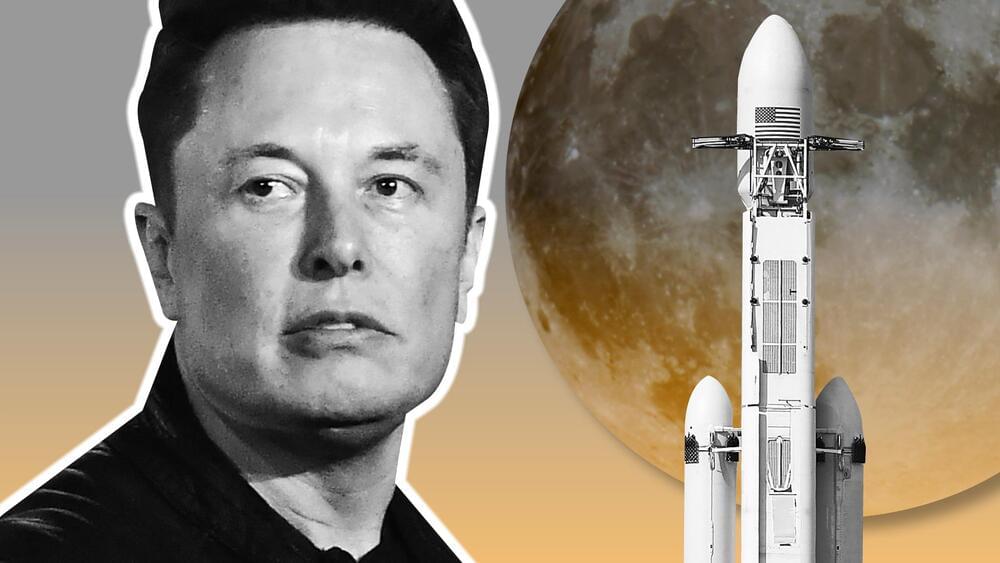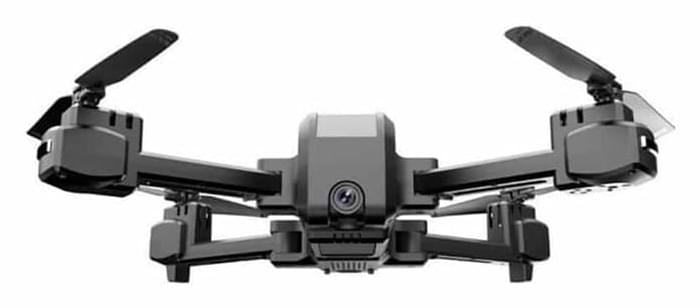Billionaire Mukesh Ambani’s Reliance Industries Ltd. is buying an Indian robotics startup as the conglomerate scales up automation across its businesses, from e-commerce to new energy.
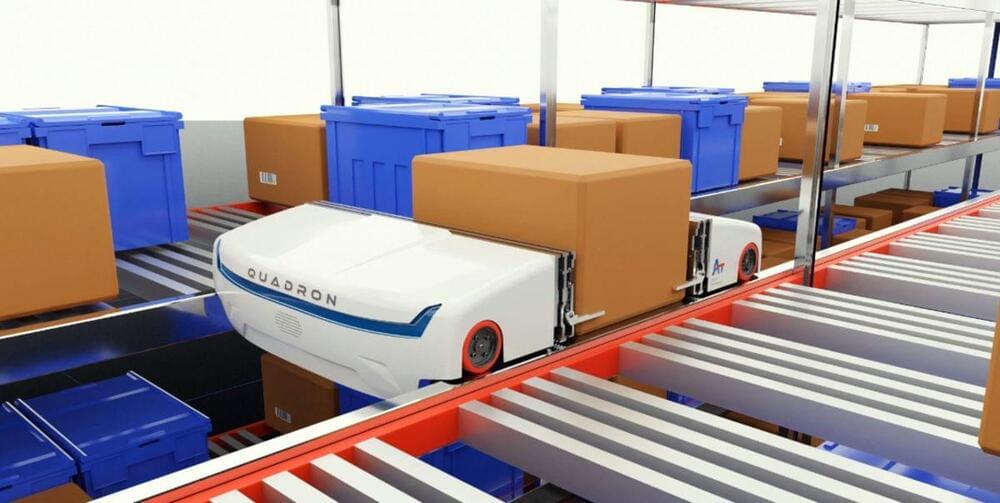


The E-RA comes with a 60kWh battery meaning it likely won’t come with a world-beating range. However, Subaru hopes its new all-wheel-drive machine can excel on the race track. The car features GT-style, high-downforce composite bodywork with cutouts in the body to redirect air away from the wheel wells.
The Japanese automaker aims to set a record-breaking Nürburgring lap time of 6 minutes and 40 seconds by 2023. That would put it ahead of Tesla’s Model S Plaid, which completed the Nürburgring course in 7 minutes and 35 seconds. Before going to Nürburgring, Subaru will test the E-RA at Japanese racing circuits later this year.
Subaru also revealed the Solterra STI Concept on the show floor, a sportier version of its new Solterra all-electric SUV, which was revealed in November last year. Though Subaru didn’t reveal much in the way of specifications, the new Solterra concept features a roof spoiler, under spoilers, and “other special parts on the exterior,” the company says.

Predjama is one of the most extraordinary castles in the world, built in the mouth of a cave complex at the end of a valley in southwest Slovenia.
Set halfway up a 400-foot (123-meter) vertical cliff face, it appears in records from 1,202 and is listed by Guinness World Records as the world’s largest cave castle.
With a Renaissance facade dating back to the 1580s, the word “majestic” doesn’t even begin to describe it. Yet for tour guide and historian Vojko Jurca, one of the highlights is, on first appearances, a little underwhelming.
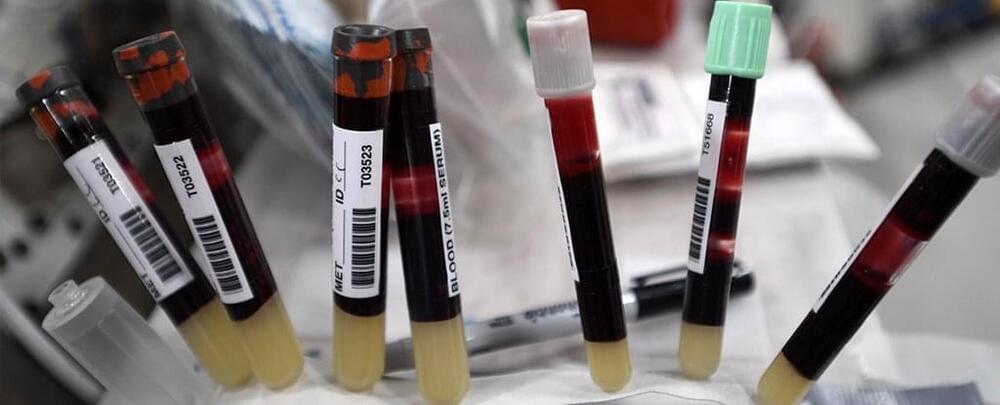
The human body did not evolve to handle life in space, and it shows in our very blood.
Since our species first started to spend extended periods of time beyond our planet, researchers have noticed a curious and consistent loss of red blood cells among astronauts.
The phenomenon is called ‘space anemia’, and until recently, its cause was a mystery. Some experts have argued space anemia is only a short-term phenomenon – a brief compensation for the fluid changes in our bodies under microgravity.

Bronze Age bioengineers created the earliest hybrid animal — a majestic horselike creature known as a kunga that had a donkey mom, a Syrian wild ass for a father and lived 4,500 years ago, according to new research based on the sequencing of DNA from the animal’s skeleton.
Descriptions and imagery in Mesopotamian art and texts portray a powerful animal that pulled war wagons into battle and royal vehicles in parades. Its true identity, however, had long puzzled and divided archaeologists. Domesticated horses didn’t arrive in the region, sometimes referred to as the Fertile Crescent, until 4,000 years ago.
This is lecture 3 of course 6.S094: Deep Learning for Self-Driving Cars taught in Winter 2017. This lecture introduces computer vision, convolutional neural networks, and end-to-end learning of the driving task.
INFO:
Slides: http://bit.ly/2HdXYvf.
Website: https://deeplearning.mit.edu.
GitHub: https://github.com/lexfridman/mit-deep-learning.
Playlist: https://goo.gl/SLCb1y.
Links to individual lecture videos for the course:
Lecture 1: Introduction to Deep Learning and Self-Driving Cars.
Lecture 2: Deep Reinforcement Learning for Motion Planning.
https://youtu.be/QDzM8r3WgBw.
Lecture 3: Convolutional Neural Networks for End-to-End Learning of the Driving Task.
Part of the End-to-End Machine Learning School Course 193, How Neural Networks Work at https://e2eml.school/193
Slides: https://docs.google.com/presentation/d/1R-DnrghbU36jO8X4scbr…sp=sharing.
machine learning blog: https://brohrer.github.io/blog.html
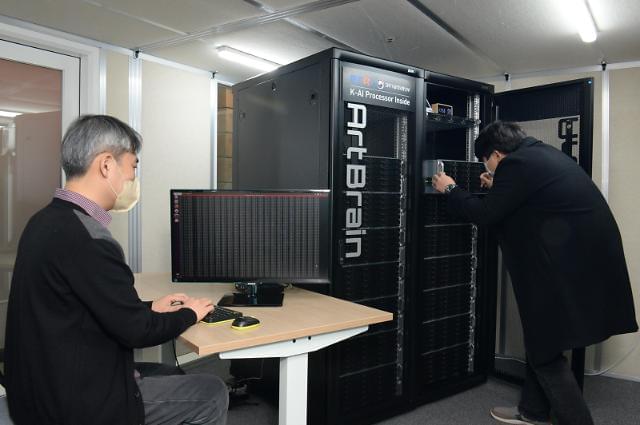
SEOUL — Using a high-performance artificial intelligence (AI) chip, South Korean researchers have established a system that can accelerate the process of learning data and yielding results. The system capable of performing five thousand trillion operations per second is ideal for autonomous vehicles and AI servers because its chipset is about the size of a coin.
